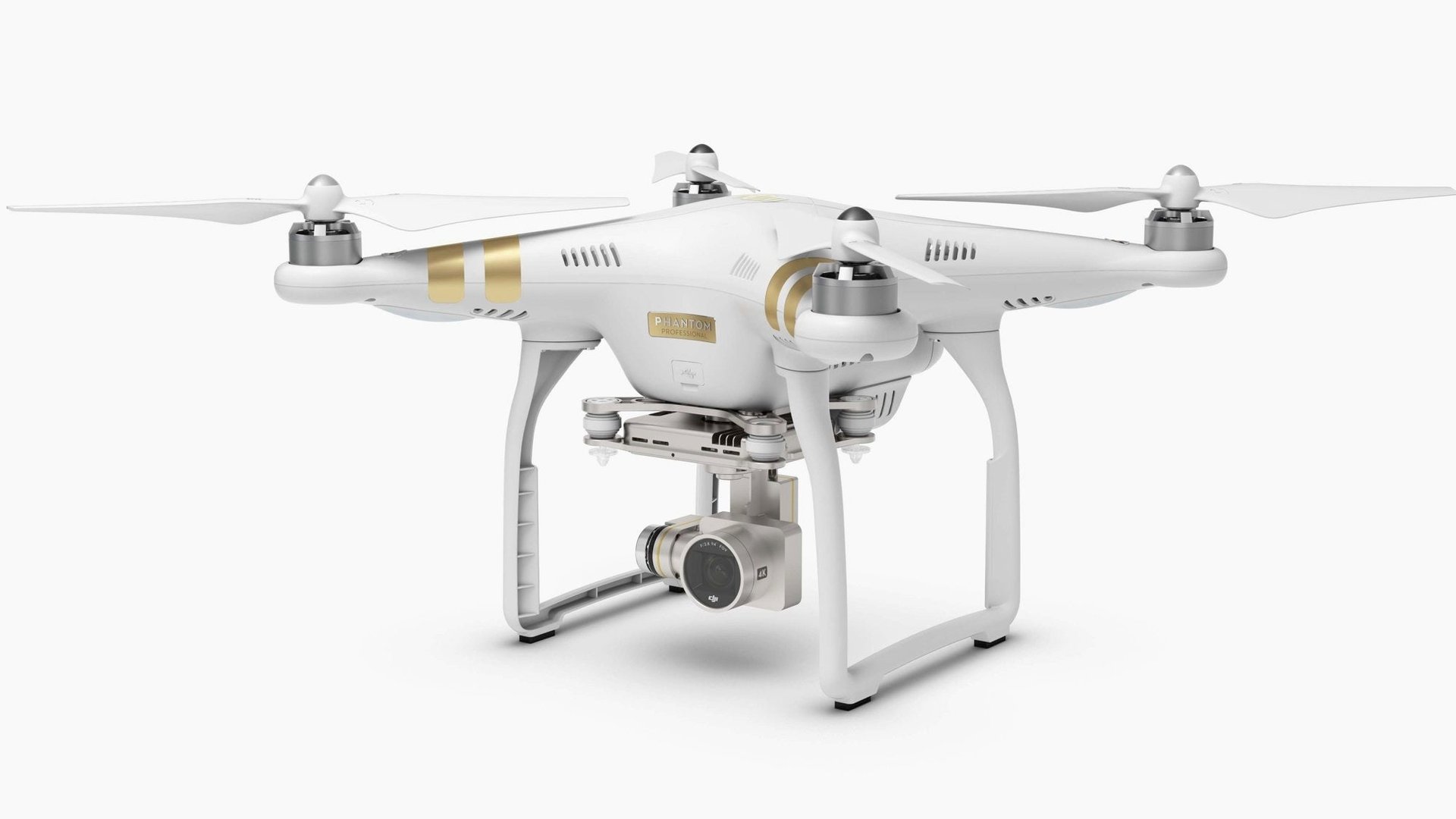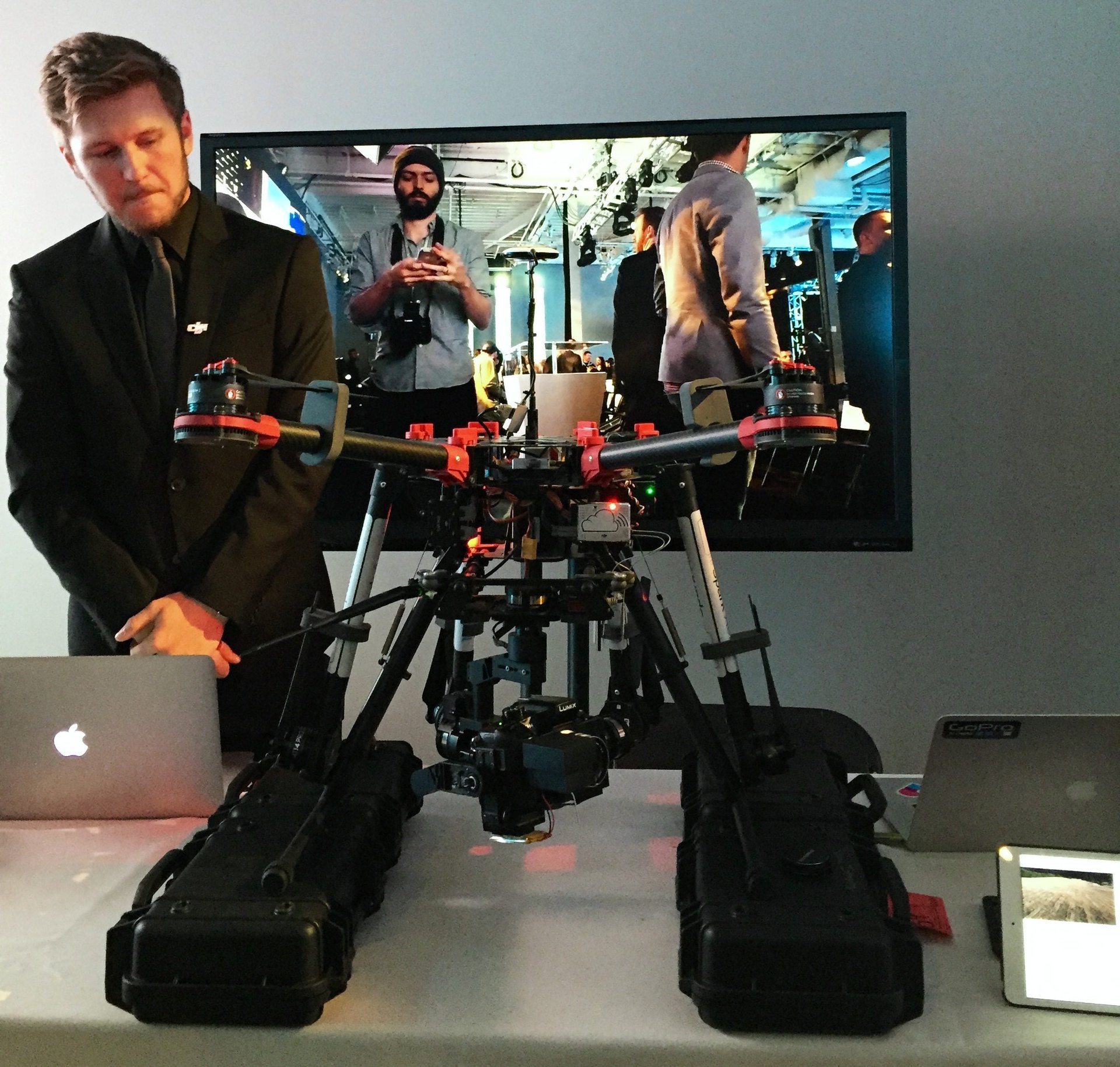The latest drones are packing livestreaming, virtual reality interfaces, and a little bit of bling
DJI’s Phantom is one of the most popular drones aimed at consumers, and its next bag of tricks includes the ability to live stream HD video directly to YouTube, using your mobile phone’s data connection. For about 23 minutes—that’s how long the Phantom 3’s battery is supposed to last—anyone in the world will be able to see whatever your drone sees, as it flies up to a mile away from the person behind the controls.


DJI’s Phantom is one of the most popular drones aimed at consumers, and its next bag of tricks includes the ability to live stream HD video directly to YouTube, using your mobile phone’s data connection. For about 23 minutes—that’s how long the Phantom 3’s battery is supposed to last—anyone in the world will be able to see whatever your drone sees, as it flies up to a mile away from the person behind the controls.
The Phantom 3 starts at $999—about as much as an entry-level MacBook Air—meaning we may not be far from a future where every pool party or child’s soccer match can feature live, professional-looking video for the world to see. This could bring the trend of social streaming to a new level. Oh, and for those craving a bit of bling, the drone now sports some swanky-looking gold stickers.
The Phantom 3 can stream 720p HD video directly to YouTube. Users can also upload pre-recorded videos to Facebook, Instagram and Chinese streaming site Youku from the company’s smartphone app.

DJI also talked up its partnership with Spark Aerial, which combines drones with another buzzy technology: virtual reality. The company set up one of its Spreading Wings drones with a camera that connected to an Oculus Rift virtual reality headset. Wearing the headset, users could control the field of vision of the drone’s camera, meaning when they moved their head the camera would shift along with them. DJI to confirmed to Quartz that the company was looking at ”integration options for virtual reality” for its Phantom and higher-end Inspire product lines.
One use case that DJI was keen to highlight for its new drone was its ability to let first responders assess the safety of emergency situations without endangering any humans. Combine a drone that’s easier to fly with virtual reality headset and you get a device that’s less like a radio-controlled helicopter and more actual eyes in the sky.